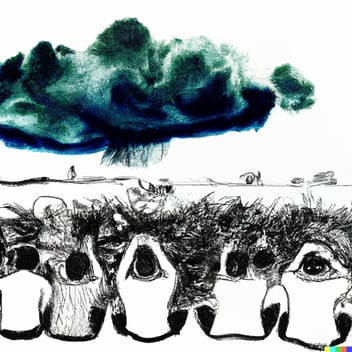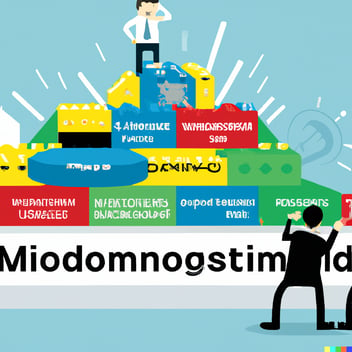Strategic design is a discipline that brings together systems thinking, design principles, and strategy to solve complex, multifaceted problems. As a strategic designer, I have seen how this approach is instrumental in addressing significant issues such as water scarcity, climate change, pollution, crime, and economic instability. In this post, I will highlight the reasons behind the growing demand for strategic design and present real-world examples of its application.
- Water Supply Challenges
Reason: Water scarcity is a global issue requiring innovative and sustainable solutions. Strategic design brings a holistic perspective, considering environmental, societal, and economic factors to create viable solutions.
Example: Faced with severe water shortages, a city leveraged strategic design to develop a comprehensive water management strategy. This included initiatives to improve infrastructure efficiency, promote water recycling, and drive community education on water conservation.
- Climate Markets
Reason: Climate markets represent an opportunity to drive environmental change through economic mechanisms. However, their design and implementation are highly complex and require strategic thinking.
Example: A country planning to introduce a carbon trading scheme used strategic design to balance environmental objectives, economic impacts, and stakeholder interests. The resulting scheme incentivized businesses to reduce emissions while minimizing economic disruption.
- Pollution Management
Reason: Addressing pollution requires systemic changes in industrial practices, consumer behavior, and regulatory frameworks. Strategic design can help orchestrate these changes effectively.
Example: A region with high levels of air pollution used strategic design to create a multi-faceted pollution reduction strategy. This encompassed regulatory changes, industry partnerships for cleaner production methods, and public awareness campaigns.
- Crime Prevention
Reason: Crime prevention in modern societies requires more than just law enforcement—it needs community engagement, social initiatives, and urban planning. Strategic design can integrate these elements into a cohesive strategy.
Example: A city with rising crime rates employed strategic design to develop a comprehensive crime prevention strategy. This involved redesigning public spaces to improve safety, implementing community outreach programs, and enhancing police-community relations.
- Economic Stability and Interest Rates
Reason: Managing economic stability is a complex task that involves balancing growth, inflation, employment, and other factors. Strategic design can provide a framework for these decisions, considering the interplay between various economic elements.
Example: A central bank used strategic design when deciding on interest rate changes. They considered the interconnections between inflation, employment rates, consumer spending, and business investment, enabling a more nuanced and effective policy decision.
As these examples show, strategic design is an incredibly powerful tool when dealing with complex, large-scale challenges. By taking a holistic, systems-oriented approach, strategic design allows us to navigate the intricacies of these issues and develop solutions that are not just effective, but sustainable and balanced. As our world continues to grapple with significant challenges, the demand for strategic design will only continue to grow.




